Ron Bell
Reviews By Author
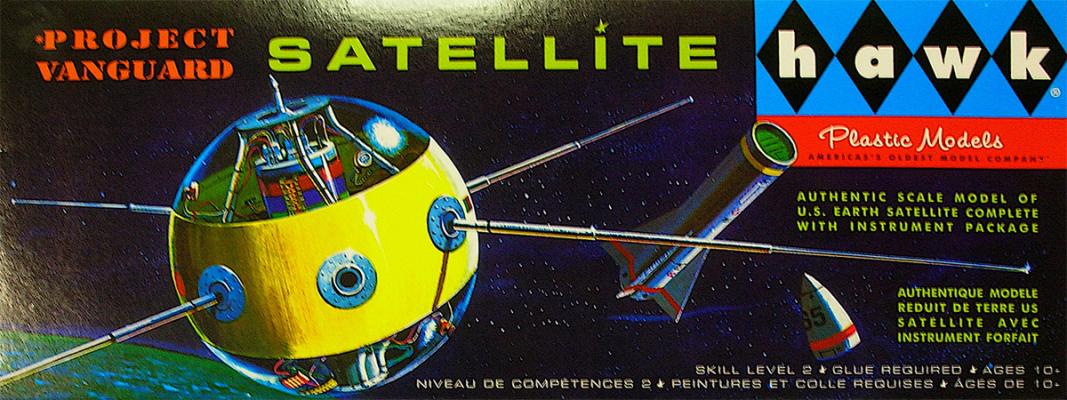
|
Vanguard SatellitePublished:
The SatellitePlanning started for the Vanguard program in 1955. Both the launch vehicle and the satellite were to be named Vanguard, the only time that has happened in the U.S. space program. There were several "marks" of the satellite varying in size from 20 inches down to 6 inches in diameter with varying instrumentation on board and the first was slated to go up during the International Geophysical Year of 1958. The Martin Company developed the rocket and the Naval Research Laboratory developed the satellite. Beaten to the punch by the Soviet Union in 1957 when they launched the first artificial satellite, Sputnik, a mad scramble began to catch up. Due to development problems with the launch vehicle, (who doesn't remember that spectacular launch pad explosion of… more |
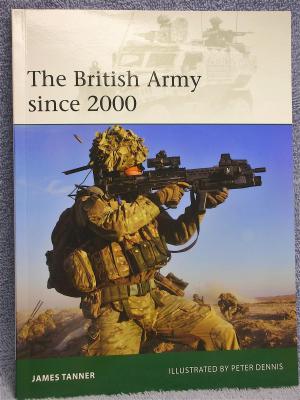
|
The British Army Since 2000Published:
This is a brief, yet very complete, book on the 21st Century evolution and current status of the organization of the British Army. Through five chapters and an introduction the author deals with the changing demands on the British Army and it's evolving structure to meet those demands as well as the changes in the traditional British regimental system. One chapter deals with actual operations and the last one concerns itself with the uniforms. Other equipment such as weapons and vehicles are only dealt with through the captions of the rather small (most measuring only around 3"X3") photos. Ten traditional Osprey full page color plates of uniforms are there as well as explanations of the drawings and one interesting color plate shows all the current badges of the new regiments of the… more |
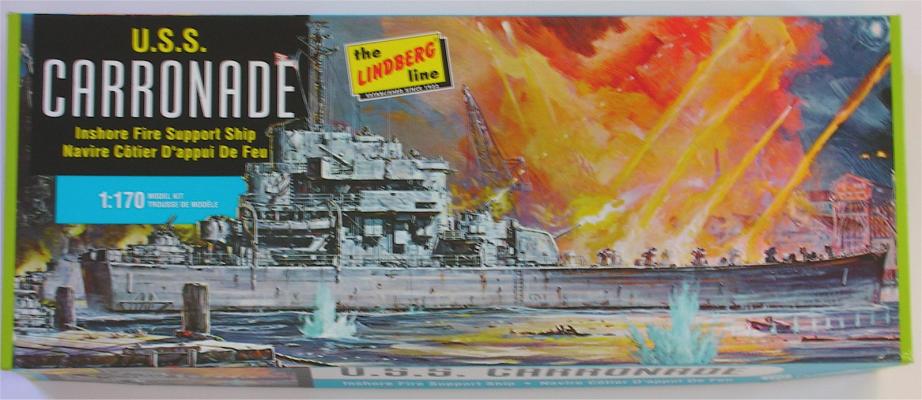
|
USS CarronadePublished:
The ShipThe USS Carronade was commissioned in 1955 and was designed to provide close in fire support for amphibious landings. Her 5" gun was the same weapon mounted on US destroyers and had proved itself in close in support over and over during WW II and its eight 5.5" automatic rocket launchers could fire 30 rockets a minute, meaning 240 rockets could be on their way to some unlucky target within one minute. Because of her cruiser type bow and potentially heavy firepower, she was often called a "bobtailed cruiser" due to her superstructure being so far aft. As a matter of fact, one release of this kit was titled Bobtail Cruiser and not USS Carronade. After a couple of west coast tours and one cruise to the orient, the Carronade was de-commissioned in 1960 and placed… more |
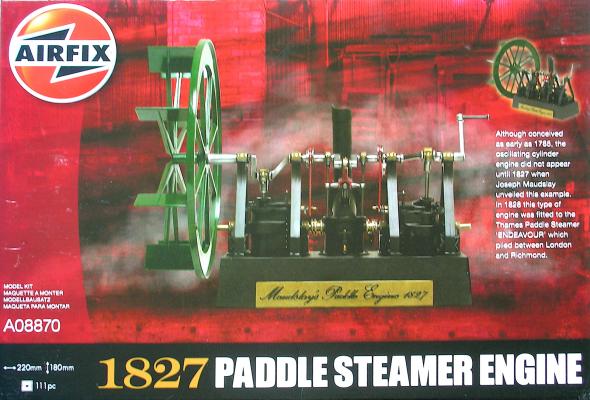
|
Maudslay's Paddle Engine 1827Published:
The EngineAfter Robert Fulton proved the viability of using steam to power a nautical vessel with his steamboat Clermont (also known as the North River) in 1807, steam power began to sweep wind-powered vessels from the seas. Constant improvements to his engine were made and Maudslay's Paddle Engine patented in 1827 was one such improvement. It was a style of engine that used improved valve chests and gear and these so called Penn Oscillating engines were in use for many years. (I hope somebody understood all that as I didn't.) The largest such engines were fitted into the paddle wheeler Great Eastern designed by Isambard Brunel. However, the engines could not be adapted to the higher steam pressures that were being introduced and the paddle engine gave way… more |
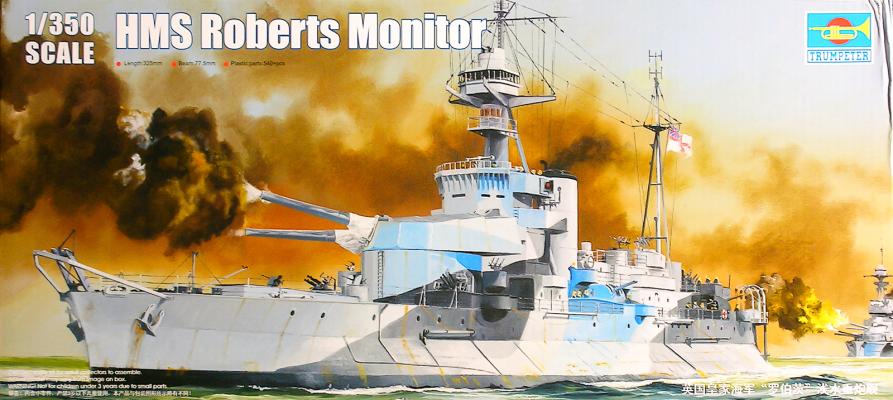
|
HMS RobertsPublished:
The ShipHeavily armed, shallow draft ships are known as monitors, named after the USS Monitor from the American Civil War. The USS Monitor carried two large guns in a rotating turret and had a flat hull with low freeboard. A later series of US ships that were designed for coast and harbor defense had a similar design and were generically called monitors. The term came to be applied to a ship that had main armament far beyond what would have been normal for a ship of its size and shallow draft to allow it to operate close inshore for bombardments. Monitors were used by the British during the First World War at Gallipoli and along the coast of occupied France and Belgium. A monitor was even used to shell the German light cruiser SMS Koenigsberg while she was laid up in the… more |
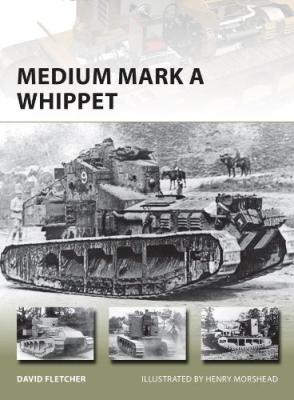
|
Medium Mark A WhippetPublished:
The TankSoon after the tank made it's first appearance at the Battle of the Somme in 1916, a lighter version was requested. This would be smaller, lighter and faster and could be used in the pursuit phase of a battle, although why after what occurred at the Somme pursuit came up at all is a mystery. However, using existing technology, the Whippet, as the light tank came to be known, was designed. Armed only with machine guns, it was faster than the Heavies in use at the time (a screaming 8 MPH), and had a crew of three instead of the eight needed to fight the Mk IV Heavy. The tank was very uncomfortable to ride in, only the driver having a seat, and the fighting compartment was behind the engine, so it got extremely hot and filled with exhaust fumes from the engine and… more |
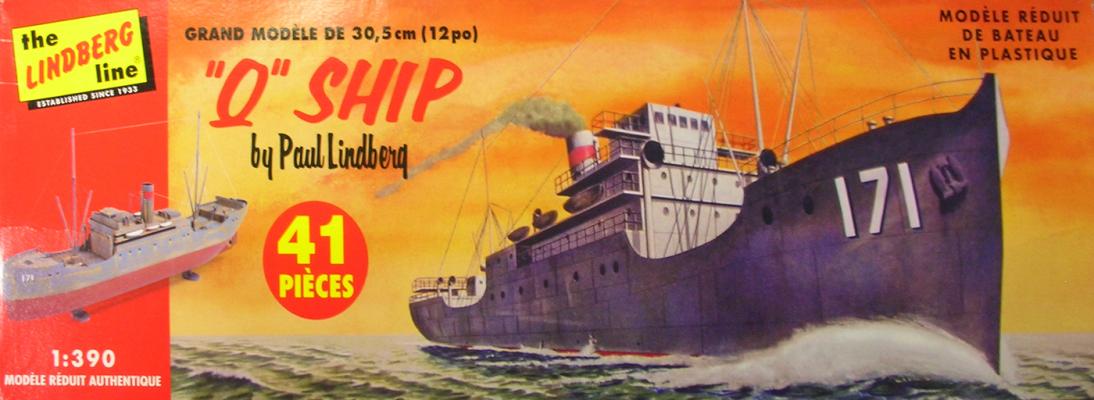
|
"Q" ShipPublished:
The ShipA lesser-known fact about u-boat attacks is that most came during broad daylight and were conducted with the u-boat's deck gun not at night with a torpedo. The convoy system was yet to be established, so when the u-boats encountered individual unescorted ships rather than waste a torpedo, which they had on board in limited numbers, the u-boat would surface and shell the target with their deck gun. Sometimes the target would surrender, so the u-boat would send over a boarding party to help themselves to whatever they wanted before they told the ship's crew to abandon ship. They then scuttled her using no more valuable ammunition. However, when the target did not surrender or chose to run, the u-boat would just blow them out of the water with the deck gun. The… more |
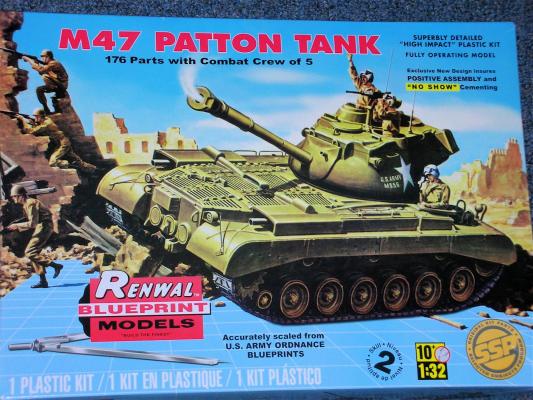
|
M-47 PattonPublished:
The VehicleThe American response to the German Tiger tank was the M-26 Pershing. It had good armor and its 90mm gun finally gave the Allies a weapon that could handle the Tiger. However, its engine was too weak and the vehicle suffered in mobility, so after the war a start was made on a replacement, designated the M-42 (not to be confused with the M-42 light tank design). But that vehicle would not be available for years, so the engine problem in the M-36 was addressed by fitting a new engine, which resulted in the M-46. It was better, but not really "new". Work continued on the M-42, which would have a similar hull and engine, but a new turret with a better ballistic shape and heavier armor in the front. The dominance of the Soviet armor in the Korean War convinced… more |

|
Avro Lancaster B.IIPublished:
The AircraftPerhaps the best four-engined bomber of WWII, the Avro Lancaster has earned its place in history as well as in the hearts of the English people. It was instantly recognized that this was no normal aircraft and the time between design, prototype and production was minimized. However, the Lancaster was competing with the Spitfire and Mosquito for the Rolls Royce Merlin engines it needed and it was feared that a shortage might develop. Instead of shifting Merlin production to the Lancaster, it was decided to develop another version of the aircraft, the Mark II of this kit, using Bristol Hercules radial engines instead. The adaptation was easily made, but performance slipped. The Mk II climbed faster and the radial Hercules engines could absorb more punishment and… more |
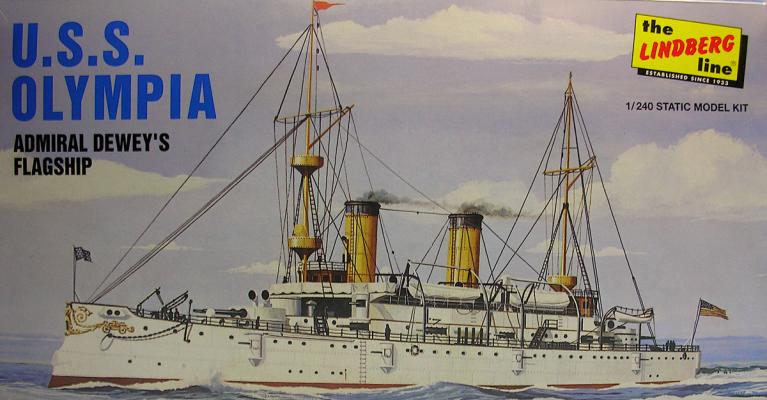
|
USS OlympiaPublished:
The ShipThe USS Olympia was a protected cruiser launched in 1892 with a long and distinguished career that included being Commodore George Dewey's flagship at the misnamed Battle of Manila Bay. Misnamed because it wasn't really a battle. The Spanish squadron never left anchor and the Americans just cruised back and forth shooting them up, even taking time for a lunch break in the middle of the action. She was a flagship in WWI, escorted transports across the North Atlantic and participated in the allied intervention in the Russian Civil War at Murmansk. She brought the remains of the Unknown Soldier from WWI back to the United States and served for a while as a training ship, but was finally decommissioned in 1922. She has the honor of being one of the only ships from this… more |
